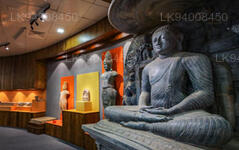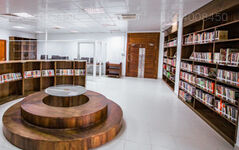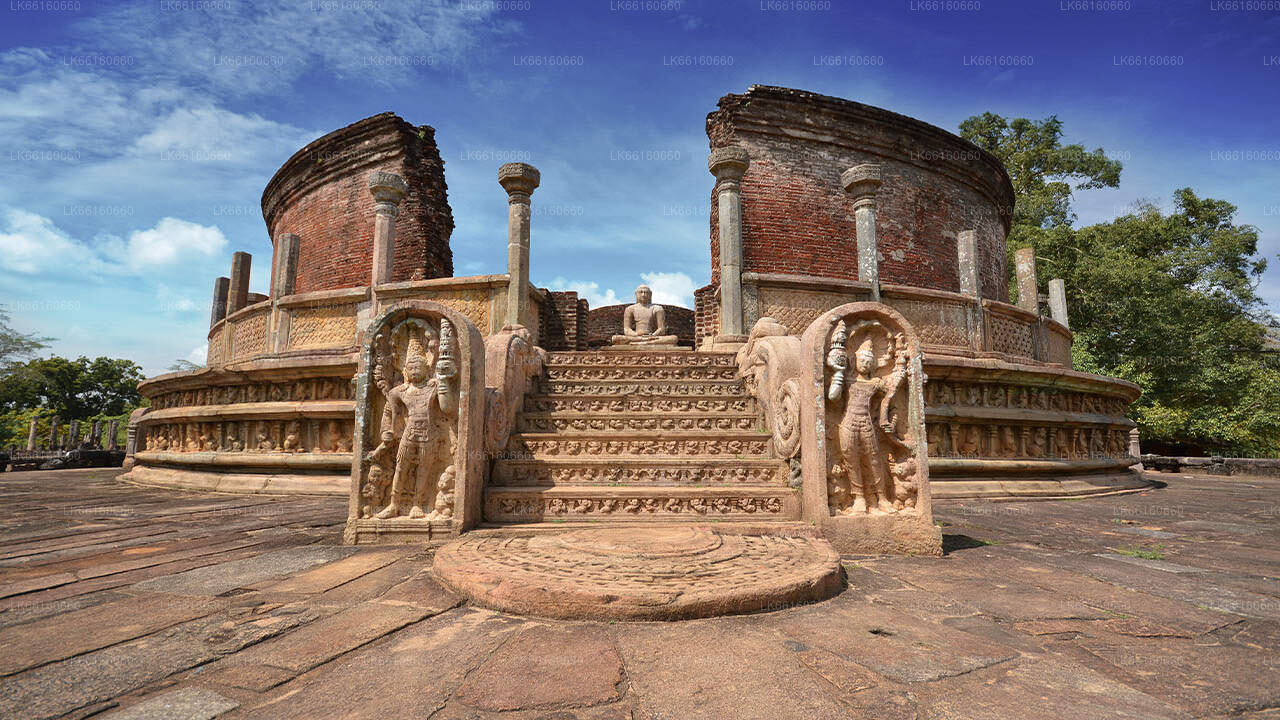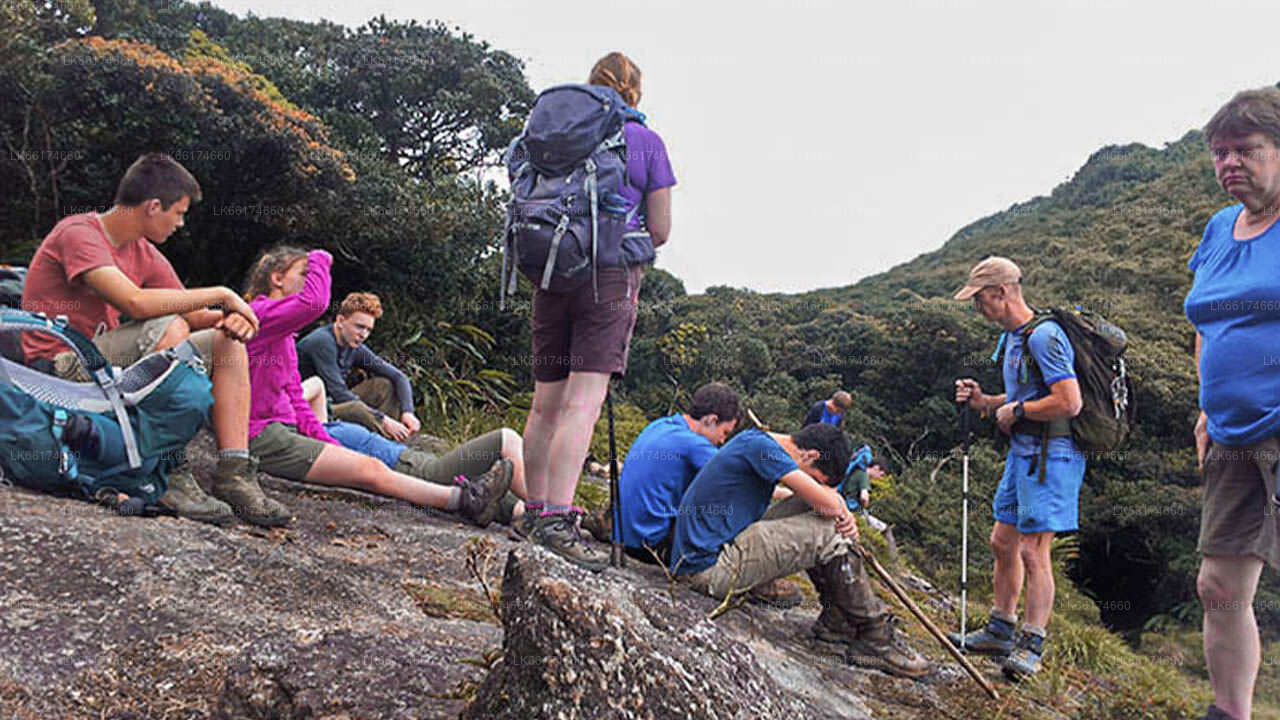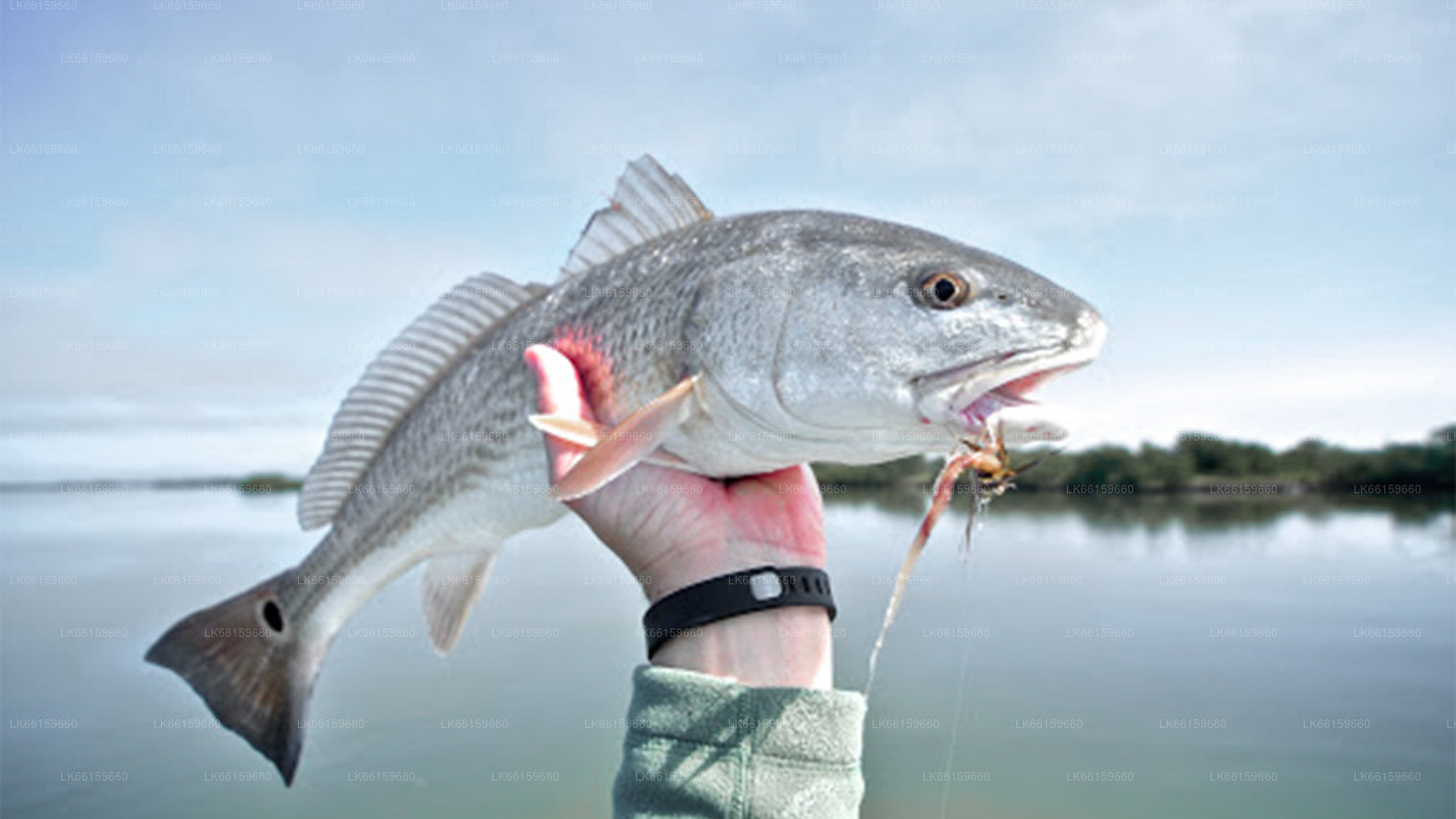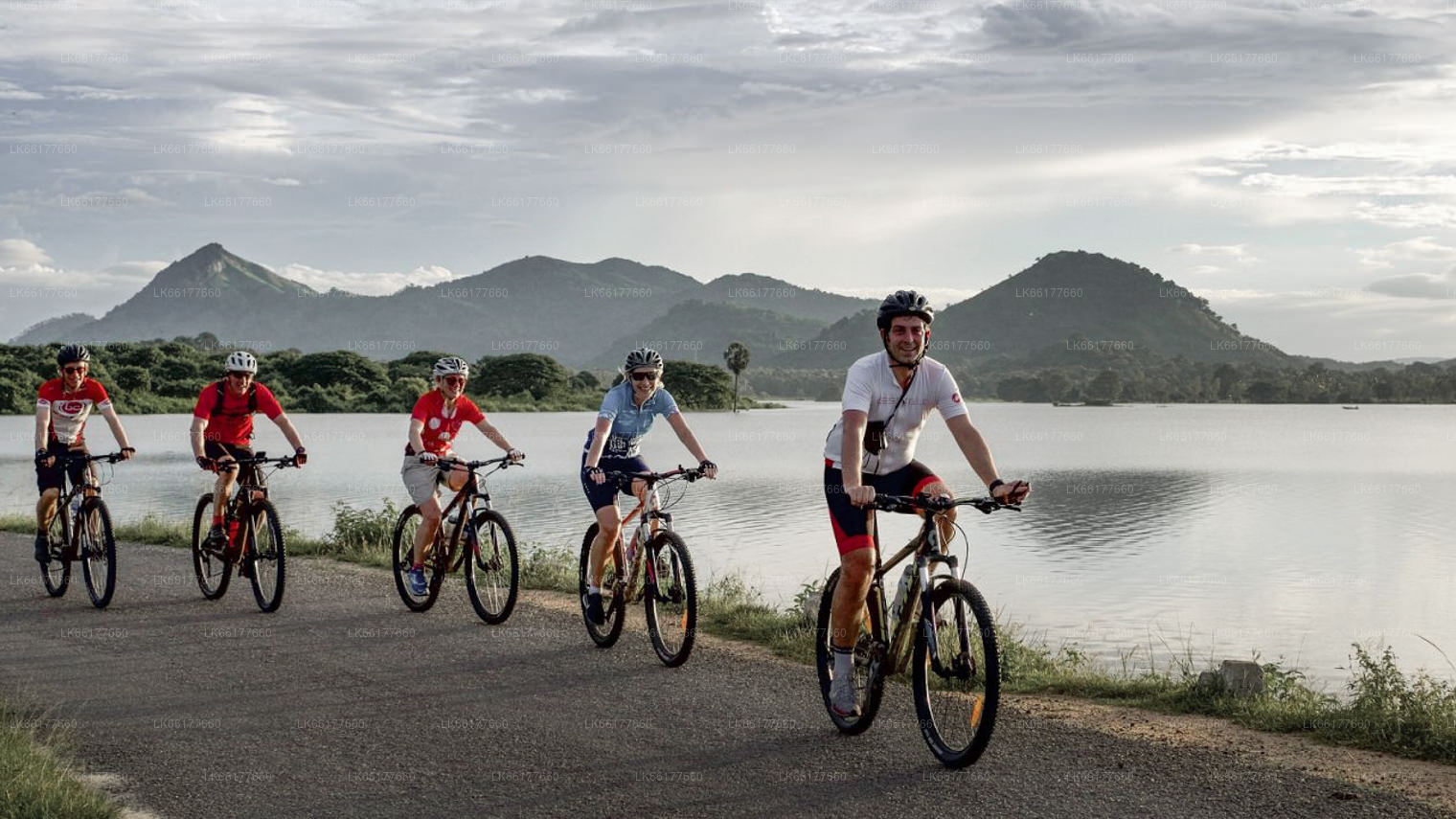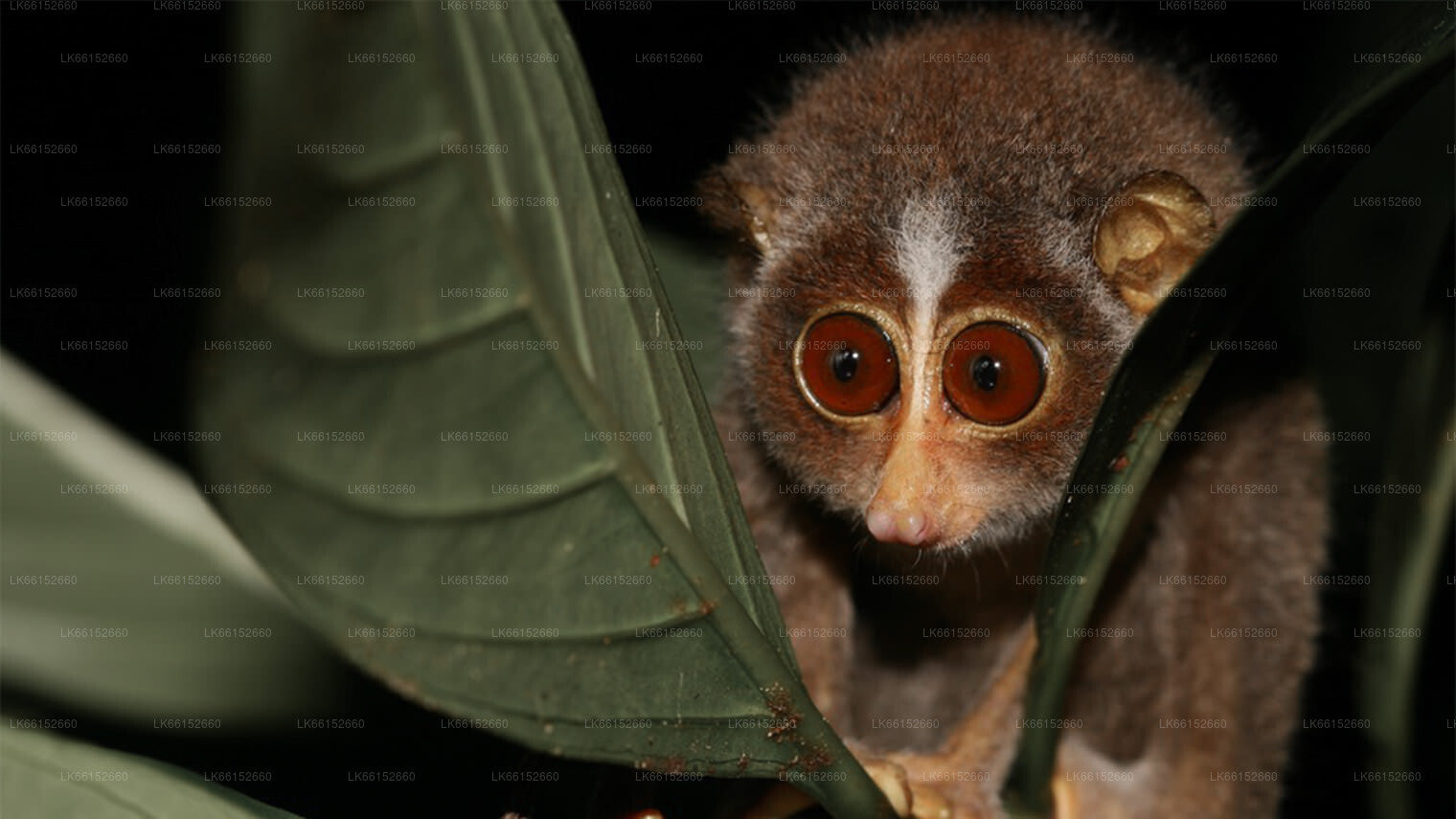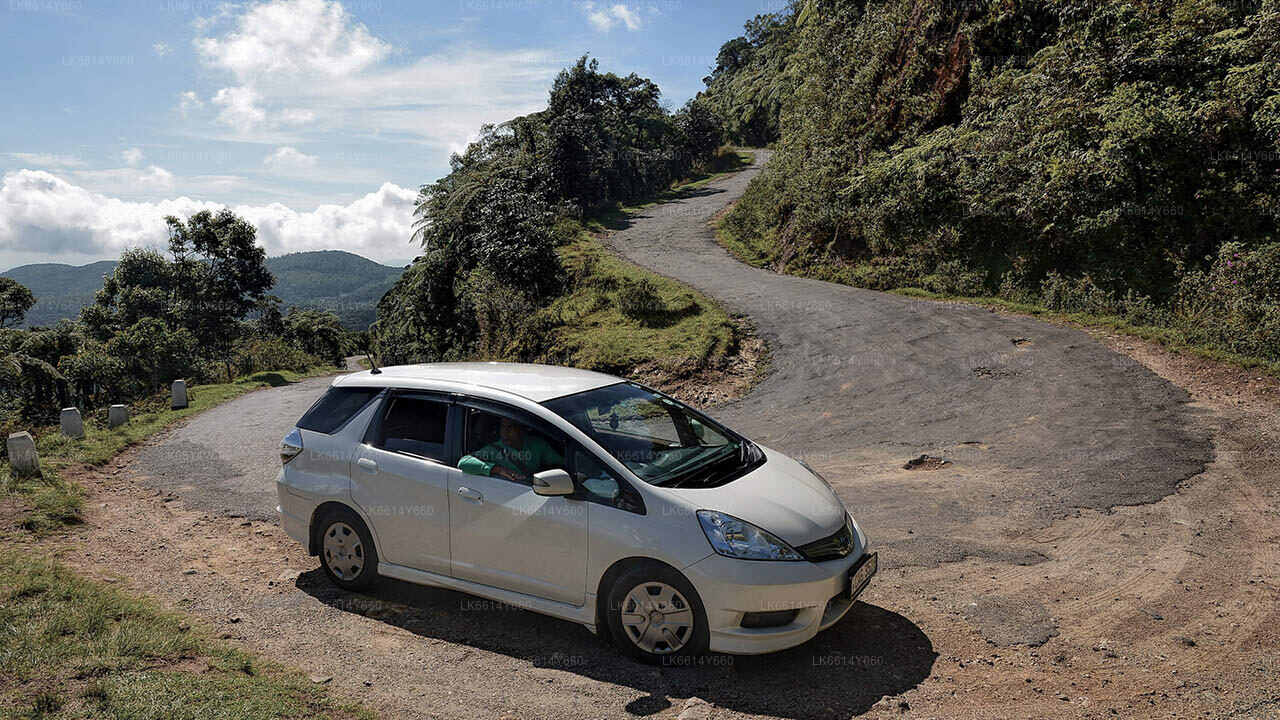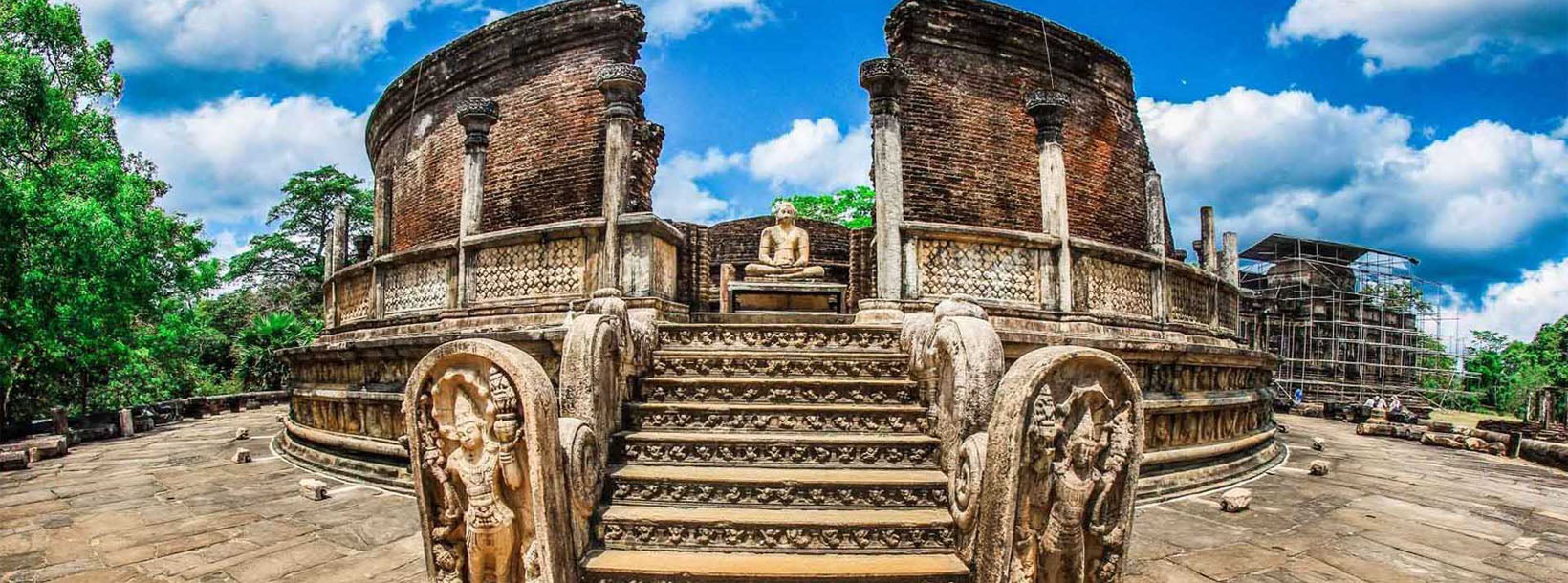
Città di Polonnaruwa
Polonnaruwa, patrimonio mondiale dell'UNESCO in Sri Lanka, fu la capitale medievale del paese (XI-XIII secolo). Rinomata per le sue rovine ben conservate, tra cui le iconiche statue del Gal Vihara, vanta un'architettura imponente, che riflette la grandiosità dell'antica civiltà singalese.
Archaeological Museum, Polonnaruwa
The city of Polonnaruwa was once a great kingdom of Sri Lanka. Today you can visit leisurely and spend your vacation nearby the city of Polonnaruwa instead of a worthy journey in Sri Lanka. The museum of Polonnaruwa is one such destination on your way to the archeological findings of the city. The Polonnaruwa museum was established in the Public Services Sports Club Hall at Polonnaruwa in 1962. Obviously, the museum is the first class. You can watch and be informative regarding the monuments and statues and other bric brac which are being perfectly conserved.
Polonnaruwa Is located 216 km from the city of Colombo and has a history which dates back to the 1017 A.D. It was the second capital of Sri Lanka and was ruled by many great Kings including King Parakramabahu I. He sacrificed his whole life to develop and construct the city of Polonnaruwa and contributed to the development of the city, socially, financially and economically. Not only that he gifted Parakrama Samudra which is concerned as the Ocean of North central province of Sri Lanka to the nation.
Visitors are lead according to an easy manner to walk from one room to another. In detail, the citadel, the outer city, the monastery area and the periphery, and also room dedicated for Hindu monuments are full of valuable archeological findings found through the excavations around Polonnaruwa.
It is must to say that most of them were endangered due to lack of enough space to conserve. Some of them had to be scattered on the own premises where they were found. The latter room has consisted of a cluster of bronze monuments. Henceforward they will be conserved and maintained well. The archeological museum is open every day except full moon poya days from 9 a.m to 6 p.m. the main objective is to develop and provide knowledge to the community by following methods of conservations and reservations. You will have to buy a current round ticket or a one day ticket to enter the museum. Rather than that, it will be quite interesting to know the stories behind these monuments. The concept of Archeological museums was started in the 1940s. Yet the Puravidu bhavana was established, most of the monuments were preserved. Moreover, it will be great if you can visit the museum and then moving on to the palaces, ponds and other monuments of polonnaruwa. Through the guidance provided by the museum, you can easily find the monuments and travel destinations around the city without being exhausted.
Informazioni sul distretto di Polonnaruwa
Polonnaruwa è la seconda città più grande della provincia centro-settentrionale dello Sri Lanka. L'antica città di Polonnaruwa è stata dichiarata Patrimonio dell'Umanità dall'UNESCO. Polonnaruwa ha una grande storia di conquiste e lotte alle spalle e costituisce a pieno titolo il terzo elemento del Triangolo Culturale. Situata a circa 140 km a nord-est di Kandy, Polonnaruwa offre ore di piacere infinito per gli amanti della storia e della cultura, grazie ai suoi numerosi luoghi di interesse.
Gran parte delle rovine fisiche che si possono ammirare oggi sono attribuite al re Parakrama Bahu I, che spese molte risorse reali nella pianificazione urbana, inclusi parchi, edifici, sistemi di irrigazione e così via. Il periodo del suo regno è considerato un'età dell'oro, in cui il regno prosperò e prosperò sotto la guida di un sovrano visionario. Il Parakrama Samudra è un gigantesco carro armato e prende il nome dal suo patrono. Il famoso Palazzo Reale del re, la Sala delle Udienze circondata da elefanti di pietra splendidamente scolpiti e la Piscina per il Bagno riflettono le superiori capacità ingegneristiche dell'epoca
Informazioni sulla provincia centro-settentrionale
La Provincia Centro-Settentrionale, la più grande del Paese, copre il 16% della superficie totale del Paese. È composta da due distretti, Polonnaruwa e Anuradhapure. Anuradhapura è il distretto più grande dello Sri Lanka. La sua superficie è di 7.128 km².
La Provincia Centro-Settentrionale offre numerose opportunità per gli investitori che desiderano avviare un'attività imprenditoriale, in particolare nei settori dell'agricoltura, dell'industria agroalimentare e dell'allevamento. Oltre il 65% della popolazione della Provincia Centro-Settentrionale dipende dall'agricoltura di base e dall'industria agroalimentare. La Provincia Centro-Settentrionale è anche chiamata "Wew Bendi Rajje" perché nella provincia si trovano oltre 3.000 cisterne di medie e grandi dimensioni. Sri Maha Bodiya, Ruwanweli Seya, Thuparama Dageba, il Monastero di Abayagiri, Polonnaruwa Rankot Wehera e Lankathilake sono tra i più temuti.


